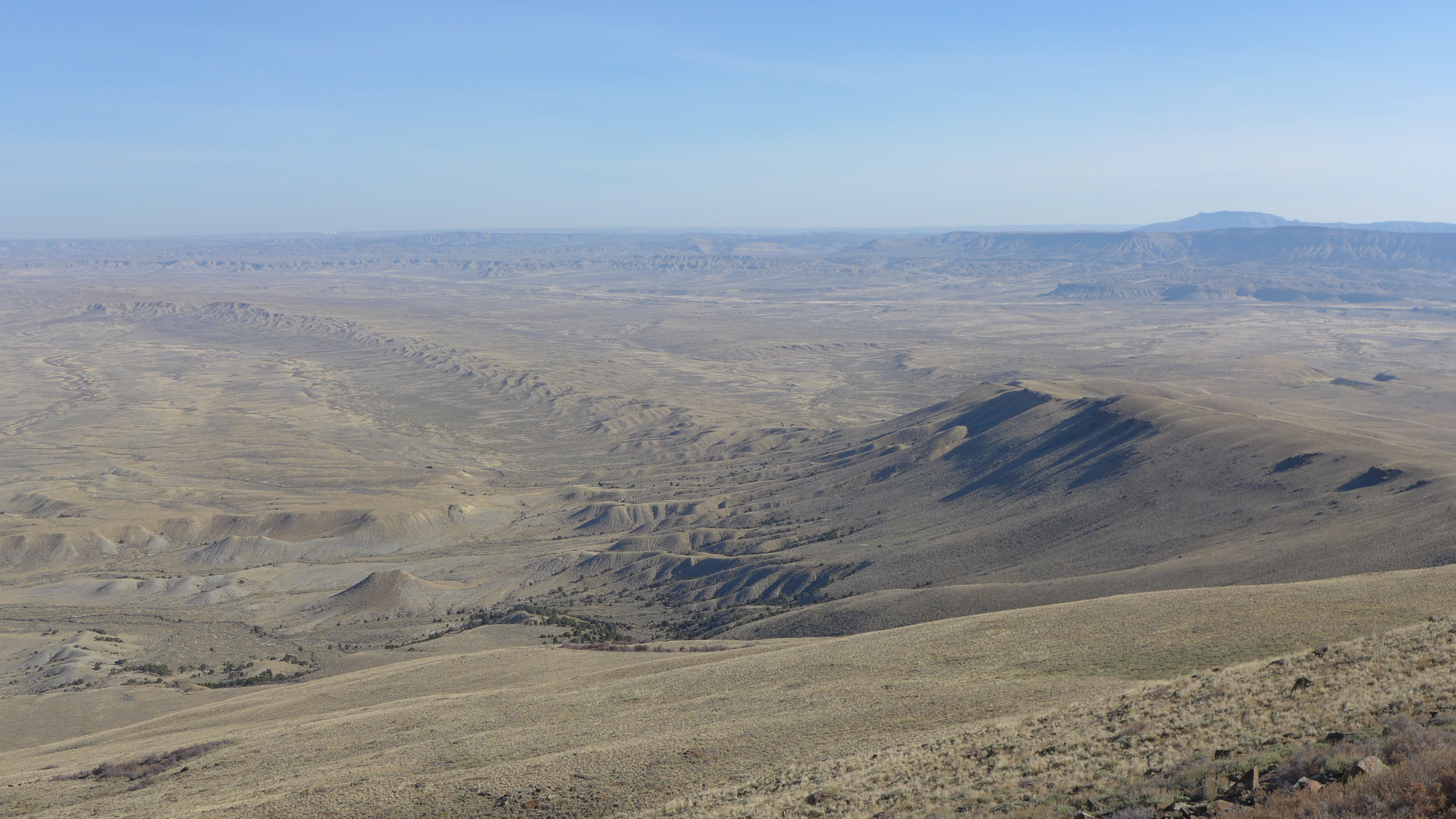NEWS RELEASE: Wyoming Geological Survey Publishes new Oil and Natural Gas Study of the Greater Green River Basin's Subsurface Geology
Wyoming State Geological Survey sent this bulletin at 04/29/2021 08:45 AM MDT
April 29, 2021
******FOR IMMEDIATE RELEASE******
Media Contact:
Christina George
(307) 766-2286 x231
christina.george@wyo.gov
The WSGS Publishes new Oil and Natural Gas Study of the Greater Green River Basin's Subsurface Geology
Oil and gas production in the Greater Green River Basin of southwestern Wyoming has historically been from conventional, high-porosity reservoirs within well-defined traps. However, developments in hydraulic fracturing and horizontal drilling have shifted the overall focus of exploration in Wyoming toward geographically extensive, low-porosity and permeability unconventional reservoirs.
In response to this shift, the Wyoming State Geological Survey (WSGS) has published a new oil and natural gas study about the Greater Green River Basin’s subsurface geology. The study establishes a baseline dataset for the stratigraphy and geometry of potential unconventional reservoirs, including the Lewis Shale, Baxter-Hilliard shales, Niobrara Formation, Mowry Shale, and Phosphoria Formation.
“In 2019, 62 percent of the natural gas and 13 percent of the oil in Wyoming was produced from reservoirs in the Greater Green River Basin (GGRB),” says WSGS Director and State Geologist, Dr. Erin Campbell. “Publicly available data on the distribution and thickness of established and potential reservoirs is essential for guiding future exploration in this important region.”
For the study, WSGS geologists interpreted the depths to formations, or “formation tops,” in more than 2,650 geophysical well logs for formations ranging in age from the Precambrian to the Eocene. The formation tops were used to define type logs for several subregions of the GGRB, generate contour maps of formation structure and thickness for key stratigraphic intervals, and populate WSGS’s spatial database of subsurface oil and gas geology. The study’s dataset also contains well-header information and downhole temperatures for selected wells.
The database is available on the Interactive Oil and Gas Map of Wyoming, where users can view the formation tops and contour maps alongside other GGRB wells, oil and gas fields, and infrastructure. The well data and formation tops are downloadable in tabular format directly from the interactive map. Any future corrections to the dataset will be entered into the WSGS database and automatically updated in the interactive map.
“The interactive oil and gas map aims to be the central location on the web where the public can readily access our agency’s oil and gas data,” says WSGS geologist Derek Lichtner. “Whether you’re interested in geologic structure or oil and gas fields and infrastructure, the online map is a good place to start any basin-scale investigation.”
The 31-page Open File Report 2021-1—Greater Green River Basin Formation Tops Database, Structure and Thickness Contour Maps, and Associated Well Data, with a focus on Potential Continuous Reservoirs—is available as a free download from the WSGS website. The WSGS welcomes input and discussion, as its geologists hope to continually refine and expand the dataset.

Caption: View of Baxter Shale in the Greater Green River Basin, south of Rock Springs, Wyoming. (WSGS photo)

